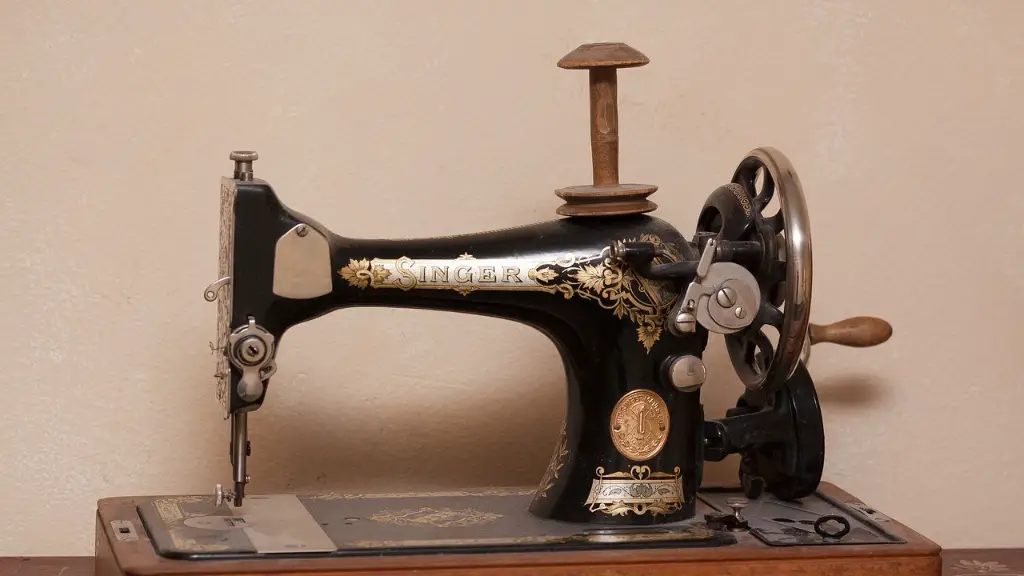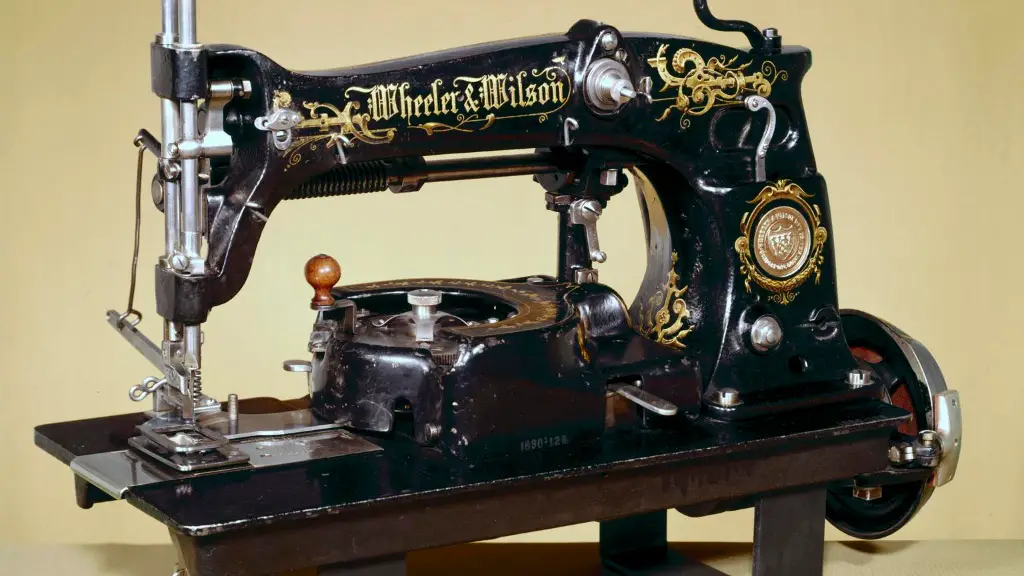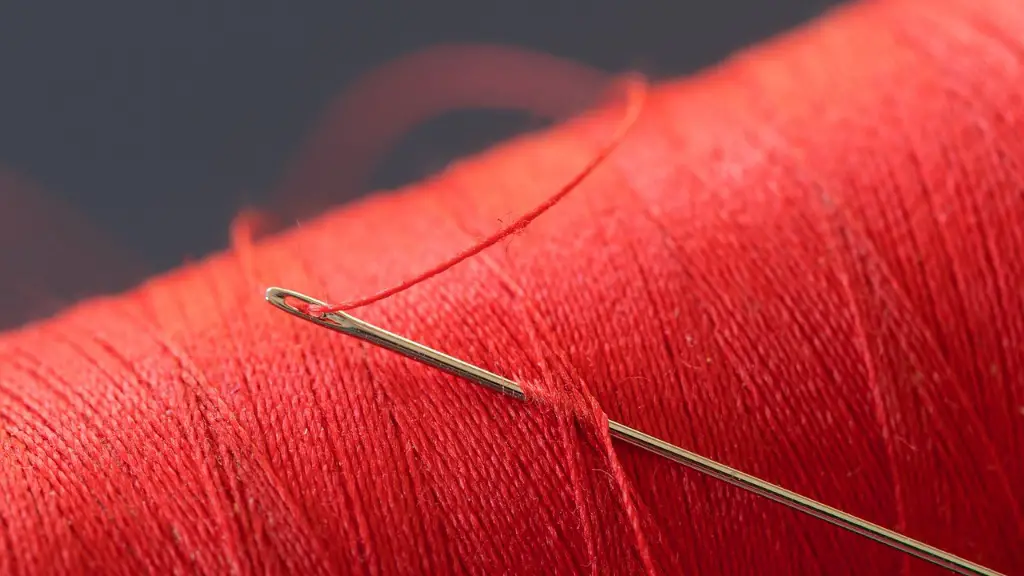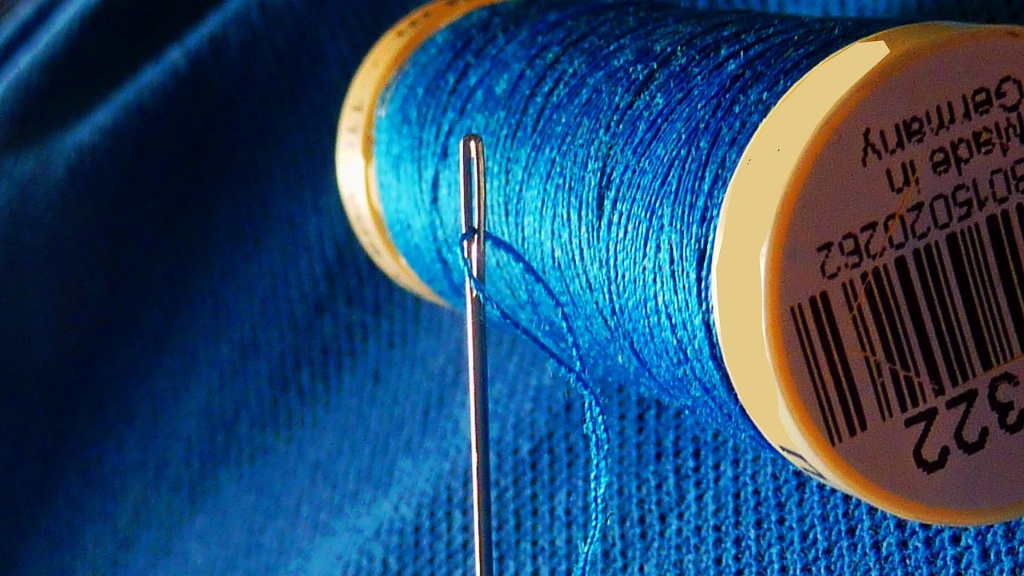What are the Typical Uses of a Sewing Machine?
A sewing machine is a device that is used to stitch fabrics together. Typically, they are used to create garments, home furnishings, and accessories. Sewing machines are used in industries to make large-scale products, such as airplane or vehicle seating. Some sewing machines are capable of making embroidery and quilting patterns on fabric. Hand sewing is still used in many homes and workshops, but it can be extremely labour-intensive. Sewing machines significantly reduce the time it takes to sew a garment.
What Type of Power Does a Sewing Machine Use?
Most modern sewing machines run on either electric or battery power. Older versions are powered by a crank or foot pedal, but these are less commonly used now. The electric powered machines plug into a standard wall socket and can vary in wattage from 40W to 350W. The wattage will depend on the model of machine and the speed at which it runs.
What kind of Electricity Consumption Can We Expect from a Sewing Machine?
Most basic electric sewing machines have an average electricity consumption of about 50W per hour. Higher end models with more bells and whistles can use up to 350W per hour. This means it can cost about 0.02 cents to 0.15 cents per hour to run a sewing machine. Of course, this will vary depending on the cost of electricity in the area. Running a sewing machine tends to not be a very expensive activity.
Are there any other Factors That Influence Sewing Machine Electricity Consumption?
There are some factors that can influence the electricity consumption of a sewing machine. For example, some machines will run at a higher wattage when they are set to their highest speed. This means that they are using more electricity to complete their task in a shorter amount of time. Additionally, some sewing machines that have more features, such as embroidery and quilting functions will use more electricity than a basic model.
What are the Benefits of a Low Electricity Sewing Machine?
The primary benefit of a low electricity sewing machine is that it is cost-effective. Operating a sewing machine for an extended period of time can result in a high electricity bill. Sewing machines that have a low wattage usage can reduce the overall electricity consumption. Additionally, many low-wattage machines are portable, which allows them to be taken to different locations where access to electricity is limited. This makes them ideal for traveling or taking to sewing classes.
What are the Disadvantages of Low Electricity Sewing Machines?
Low wattage sewing machines can have some limitations when it comes to speed. They may not be able to reach the speeds that higher wattage machines are capable of. This can be beneficial for beginning sewers who would like to take a more leisurely approach to their sewing. Those who need faster speeds may need to look for a higher wattage machine.
Can We Minimise the Electricity Consumption from Sewing Machines?
There are some ways that you can minimise the electricity consumption from your sewing machine. One of the easiest ways is to turn off your machine when you are not using it. This will help to reduce the amount of electricity it consumes. Additionally, you can adjust the speed on your machine to match the task at hand. If you don’t need to sew at a high speed, then set the machine to a lower speed. This will also help to reduce the electricity consumption.
Are there any Specialised Low Electricity Sewing Machines Available?
Yes, there are a variety of specialised sewing machines that have been designed to use less electricity. These machines typically have a lower wattage, which means that they consume less electricity than standard electric machines. Additionally, some companies offer machines that can be plugged into a USB port. This allows for more flexibility in terms of where the machine can be used.
What are the Environmental Benefits of Low Electricity Sewing Machines?
Using a low electricity sewing machine is a great way to reduce your carbon footprint. By using a machine with a lower wattage, you can minimise the amount of energy used during the sewing process. This in turn reduces the amount of electricity that is consumed and helps to protect the environment. Additionally, it can save you money in the long run as you will be using less electricity.
What are the Safety Considerations When Working with a Sewing Machine?
When operating a sewing machine, it is important to remember to practice safety procedures. Always read the instructions carefully and follow them closely. Make sure to keep your fingers away from the needle when the machine is in operation. Additionally, make sure that the cords and plugs are in good condition. Never use a machine that has frayed cords or plugs as this can create a potential fire hazard.
Are There any Precautions We Should Take with the Power Supply?
Before using a sewing machine, it is important to check that the power supply is adequate. Make sure that the voltage of your machine is compatible with the voltage in your home. An overload of electricity to a sewing machine can cause it to malfunction and put you at risk for shock. Make sure to use the appropriate plug for the machine and be mindful of the current strength.
How often should We Maintain our Sewing Machine?
It is important to keep up with regular maintenance on your sewing machine. This can help to extend the life of the machine and keep it running properly. Regular maintenance tasks may include oiling the machine, cleaning the bobbin and needle, and checking the tension. Additionally, it is good practice to inspect the cords and power plugs regularly to make sure they are in good condition.
What are the Alternative Power Sources for Sewing Machines?
There are a number of alternative power sources that can be used to power sewing machines. These alternative sources include solar power, wind power, and battery packs. Solar powered sewing machines are great for those who do not have access to a standard power outlet. Wind power can also be used to power smaller machines, such as hand-held models. Battery packs are a great option for those who need to take their sewing machines on the go.
What are the Benefits of Using Rechargeable Batteries for a Sewing Machine?
Rechargeable batteries offer a number of benefits when it comes to using a sewing machine. Since the batteries can be recharged, they can be used over and over again. Additionally, they are generally more affordable than traditional power sources. They also offer portability, allowing the user to take their machine on the go. The batteries can also last for a long time, providing the user with a dependable and consistent power source.



